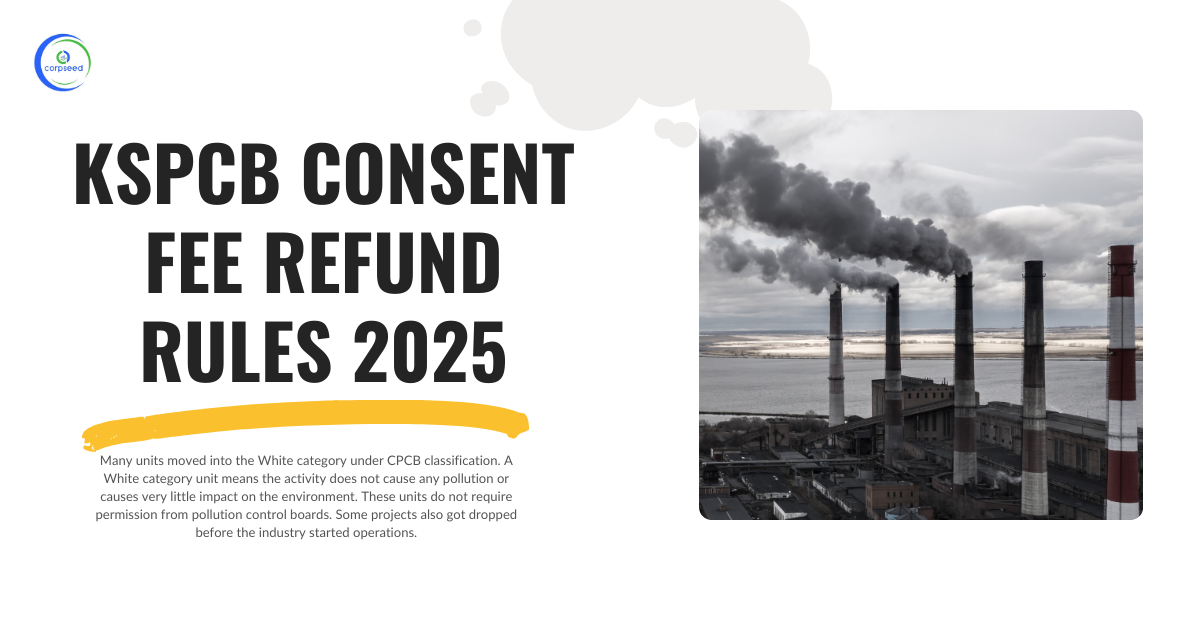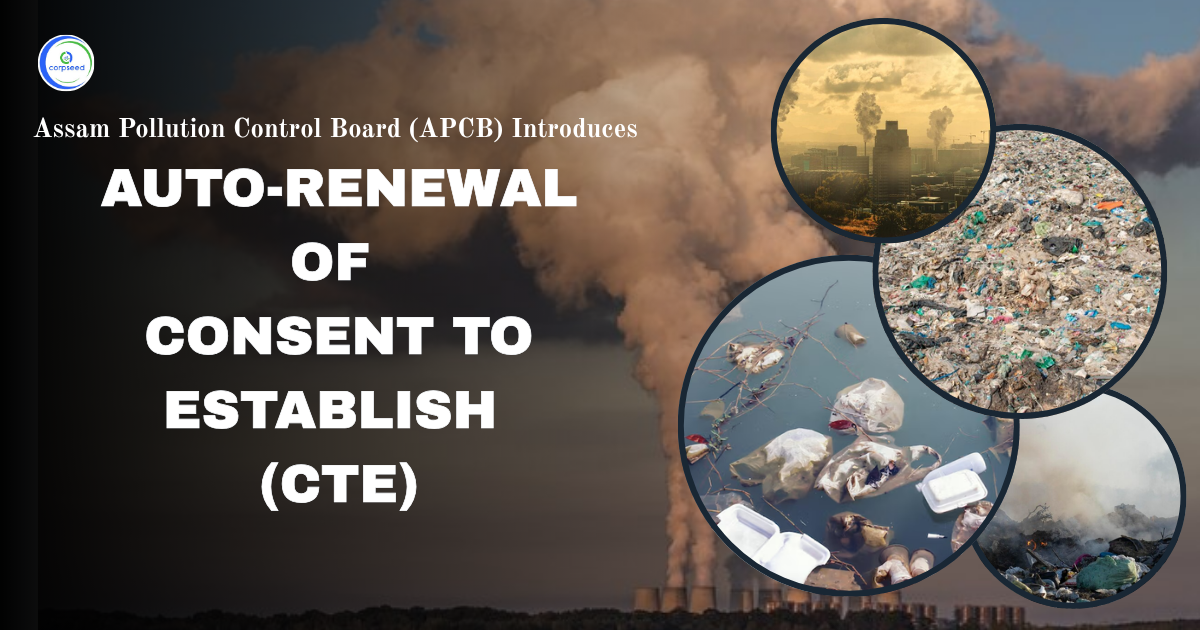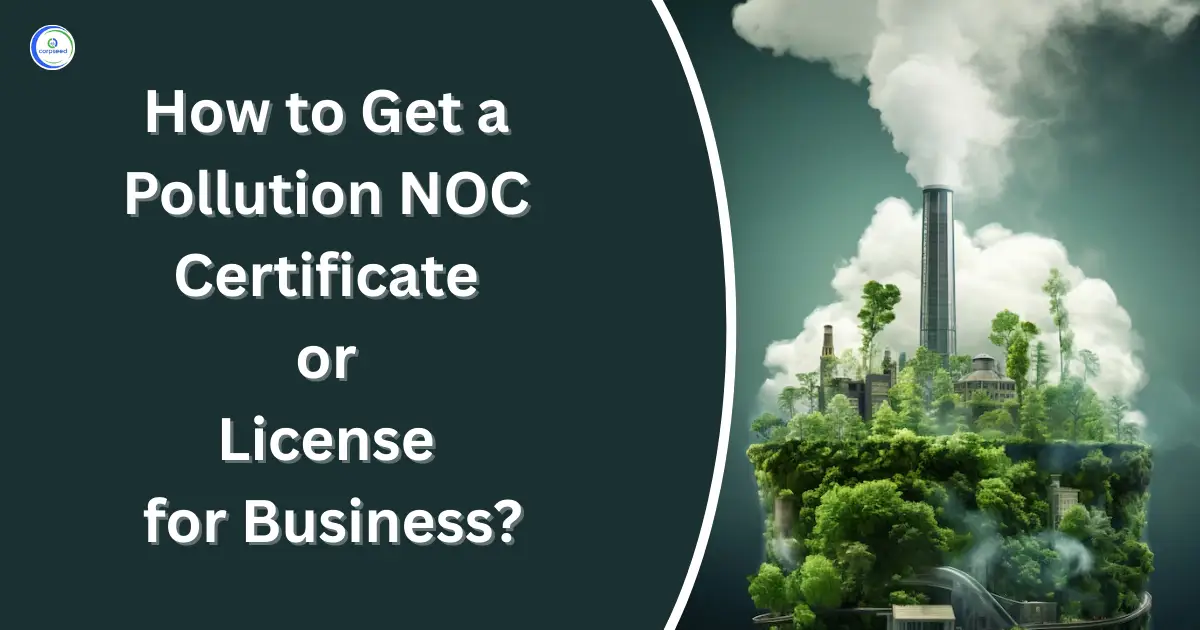The brick kilns are important for the construction industry, but they are also a major source of air pollution. Particulate matter (PM), sulfur dioxide (SO2), and nitrogen oxide (NOx) emissions can cause serious environmental and health problems. To control and minimize these pollutants, CPCB and SPCB have implemented specific emission standards for brick kilns. These measures are designed to reduce contrary effects on air quality and enhance the cleaner brick manufacturing processes.
Table of Contents
Understanding Environmental Pollutants for Brick Kilns
Brick kilns mainly emit pollutants like particulate matter (PM), sulfur dioxide (SO2), and nitrogen oxides (NOx), which contribute to the deterioration of air quality. Particulate matter is small solid particles suspended in the air, which can lead to respiratory diseases and heart problems. SO2 results from the ignition of sulfur comprising fuels and can lead to acid rain, affecting soil, water, and vegetation. NOx, which is produced during high temperature combustion processes, can cause smog formation and lead to respiratory problems. These pollutants not only cause harm to health but also spoil the environment, making it necessary for the brick kiln sector to implement cleaner technologies and follow the regulatory standards norms by CPCB and SPCB.
--------------Blog Contact Form-------------
Benefits of Emission Standard Implementation
The implementation of CPCB recommended emission standards in brick kilns has resulted in significant environmental and social benefits:
- Improved Air Quality: Regulated emissions contribute to better ambient air quality levels in brick kiln clusters, mitigating exposure to harmful particulates and gases in surrounding communities
- Cleaner Production Methods: Mandated technologies like Zig-Zag kilns result in more efficient combustion, reducing both emissions and fuel consumption, making operations more sustainable and cost-effective.
- Enhanced Public Health Outcomes: With less emissions of PM and toxic gases, communities existing nearby brick kilns face less cases of respiratory and cardiovascular diseases.
- Regulatory Consistency: Consistent national emission standards form a uniform legal and operational framework, thereby improving compliance and minimizing regulatory uncertainty among states.
- Promotion of Sustainable Industrial Development: Encouraging cleaner fuels and innovative technologies aligns with India’s broader environmental objectives and international commitments under the Paris Agreement
Emission Standards for Brick Kilns
The CPCB and SPCB set specific limits on brick kiln emissions to mitigate the influence on air quality. These standards mainly aim to minimize particulate matter (PM) emissions, and while SO2 and NOx are not directly structured, their reduction is addressed indirectly through fuel usage and efficient ignition technologies. Brick kilns should adopt innovative technologies to confirm compliance with these emission standards, thereby contributing to a healthy community and clean environment.
| 74 | Brick Kilns | Particulate matter in stack emission | 250 mg/Nm3 |
|
Minimum stack height (Vertical Shaft Brick Kilns) - Kiln capacity less than 30,000 bricks per day - Kiln capacity equal or more than 30,000 bricks per day |
14 m (at least 7.5m from loading platform) 16 m (at least 8.5m from loading platform) |
||
|
Minimum stack height (Other than Vertical Shaft Brick Kilns) - Kiln capacity less than 30,000 bricks per day |
24 m 27 m |
Notes:
- It is essential that all new brick kilns should operate with zig-zag technology, vertical shaft kiln, or uses Piped Natural Gas (PNG) as fuel in accordance with the standards stipulated in the Environment (Protection) Amendment Rules
- It is mandatory that all existing brick kilns should convert to zig-zag technology, vertical shaft kiln, or use piped natural gas (PNG) within one year, if they are located within 10 kilometres of non-receipt cities, and within two years in other areas, unless otherwise specified by CPCB/SPCB/PCC orders.
- It is essential to utilize only permitted fuels such as Piped Natural Gas, coal, fireweed, or agricultural remains, ad use of pet coke, tyres, plastic waste, and hazardous waste is forbidden in brick kilns.
- It is required that all brick kilns make a permanent facility with port hole and platform for emissions checking as per design and specifications laid down by the Central Pollution Control Board.
Also Read: Emission Standards for Brick Kilns
Mandatory Stack Height
CPCB mandates specific stack heights depending on the furnace production capacity of the kiln. Sufficient stack height density is essential to prevent the settling of pollutants in surrounding areas, which can minimize health effects. These stack height requirements help confirm that emissions are efficiently disseminated into the atmosphere, thereby minimizing impact on ground-level air quality.
- Kilns with manufacturing capacity less than 30,000 bricks/day: Minimum stack height of 22 meters.
- Kilns with production capacity between 30,000 to 60,000 bricks/day: Minimum stack height of 27 meters.
- Kilns with production capacity greater than 60,000 bricks/day: Minimum stack height of 30 meters.
Approved Kiln Technologies under CPCB Guidelines
The CPCB has approved numerous clean technologies to help brick kilns fulfill emission standards and develop fuel efficiency. This technology plays a vital role in minimizing emissions of particulate matter (PM), SO2 and NOₓ, while also confirming sustainability in brick production.
- Zig-Zag Kiln Technology: The Zig-Zag technology improves air motion and combustion efficiency by positioning bricks in a zig-zag pattern. This design helps in minimizing particulate emissions and increases fuel efficiency, making it an eco-friendly substitute to traditional firing methods.
- Vertical Shaft Brick Kilns (VSBK): The VSBK uses a vertical shaft and counter current heat exchange to minimize fuel consumption and particulate emissions. This constant operation of the kiln confirms cleaner combustion, better fuel efficiency and low environmental impact, making it perfect for areas with firm environmental protocols.
- Improved Fixed Chimney Bull’s Trench Kilns (FCBTK): The FCBTK has provided better combustion control and better air flow, resulting in reduced emissions. When combined with zig-zag firing technology, it helps reduce particulate emissions while preserving traditional brick-making efficiency.
Permitted Fuels for Brick Kilns
Fuel quality plays a crucial role in controlling emissions. These restrictions are implemented under the CPCB's emission control strategies and supervised by the respective SPCBs. To make sure compliance with SO2 and NOx controls, the following fuels are allowed to be used in brick kilns:
- Coal (preferably low-sulphur, washed varieties)
- Agricultural residues (e.g., rice husk, mustard stalks)
- Firewood (from certified sustainable sources)
- Piped Natural Gas (PNG) (where available and viable)
The following fuels are strictly prohibited:
- Petroleum coke
- Tyres
- Plastic waste
- Hazardous industrial waste
Monitoring and Legal Compliance
The CPCB and SPCB are accountable for monitoring brick kiln emissions to ensure compliance with the prescribed standards. Kiln operators are required to conduct emissions testing, regular inspections by officials, and install sampling platforms and portholes. Constant Emission Monitoring Systems (CEMS) may be required for high-capacity kilns. In addition, the brick kiln is required to maintain records of fuel consumption and emission test results. Non-compliance with emission principles may lead to legal action, fines or closure of other facilities. Regular audits and emission reports submitted to the respective SPCBs certify that the kilns stay within approved limits, contributing to better air quality.
Conclusion
The regulation of brick kiln emissions is necessary to improve air quality and public health in India. The CPCB and SPCB have set clear and enforceable standards for minimizing the discharge of injurious pollutants like particulate matter (PM), SO2 and NOx from brick kilns. Technologies such as Zig-Zag and VSBK has made noteworthy contribution in making the brick industry environmentally sustainable. Moreover, the obligatory stack height requirements and constant monitoring mechanism confirm operative distribution and compliance. By adopting these measures, the brick kiln industry can mitigate its environmental footprint, safeguard public health and align with national and global sustainability goals.
This portion of the site is for informational purposes only. The content is not legal advice. The statements and opinions are the expression of author, not corpseed, and have not been evaluated by corpseed for accuracy, completeness, or changes in the law.
BOOK A FREE CONSULTATION
Get help from an experienced legal adviser. Schedule your consultation at a time that works for you and it's absolutely FREE.




.webp)

.webp)


